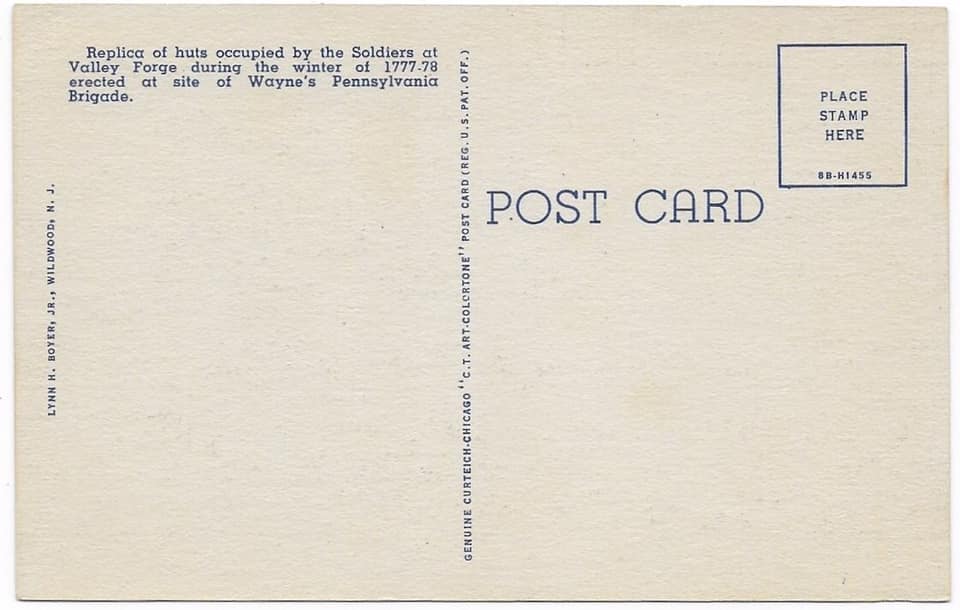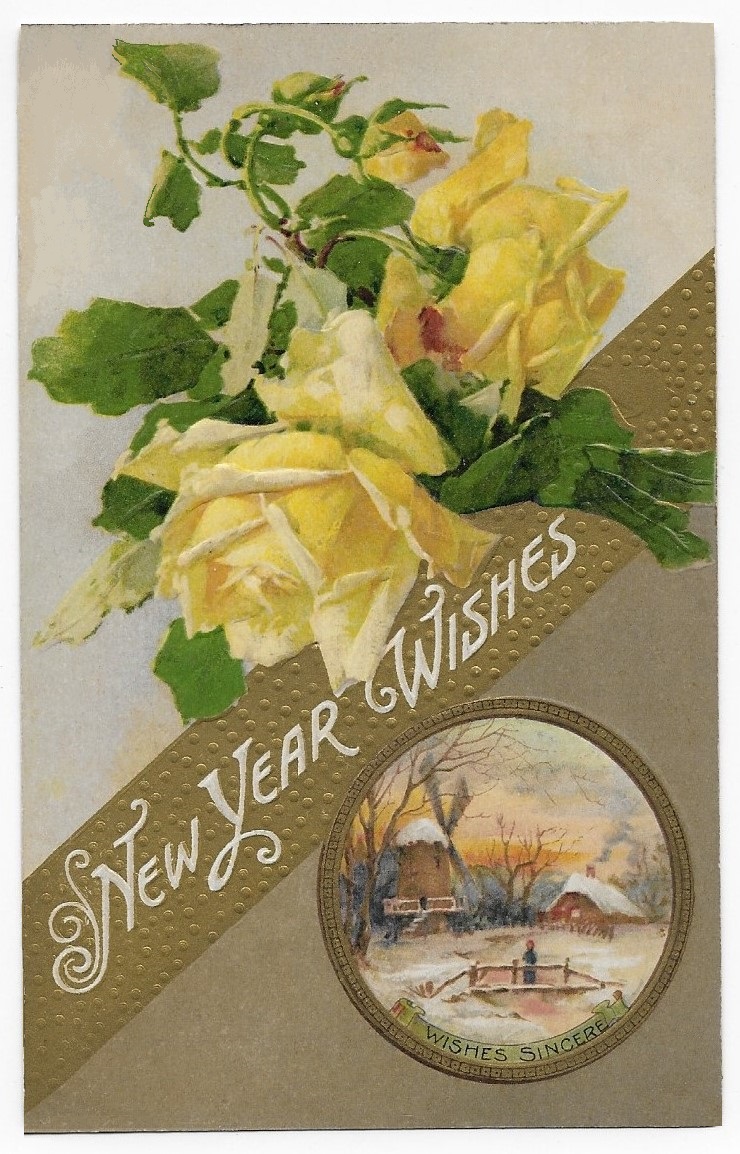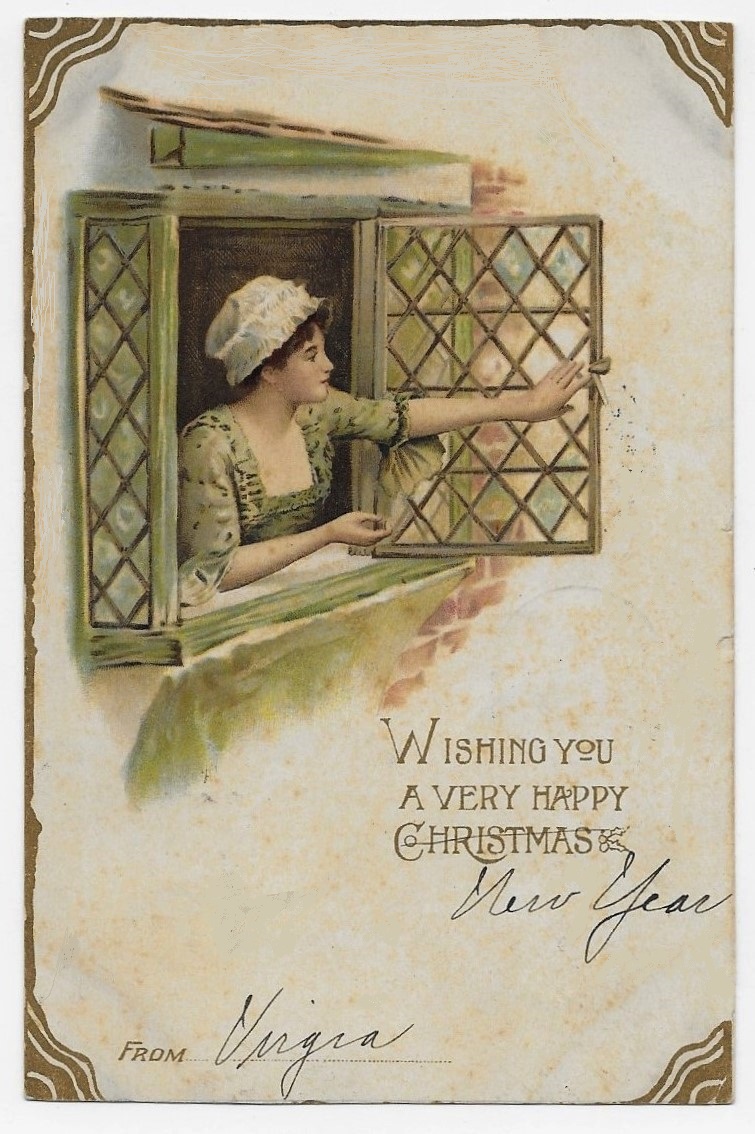On the Fourth of July, a pause to remember the hardship of the War of Independence.
Valley Forge was not the site of an important military battle.
It is, however, a monument to an incredible victory over defeat and disillusionment.
In a postcard story about the Battle of Brandywine (linked in the Comments), the British Invasion of Pennsylvania and the capture of Philadelphia is described.
Failing in efforts to retake Philadelphia, the main Continental Army (of only 12,000 men) settled into winter quarters at Valley Forge, a small town built around an iron forge founded by Quakers from Wales.
The town and forge had been destroyed by British raiders, so the army constructed huts in which to pass the winter of 1777-1778.
The army was in sad shape, having lost both armaments and basic military supplies of food, clothing, and blankets.
The army faced critical supply issues, as the new camp exceeded the size of most towns and cities in the area. British raids, winter road conditions, and a hamstrung Continental Congress (which had fled Philadelphia to Lancaster, and then across the Susquehanna to York) exacerbated the problems.
Initially, supplies were lost due to seizure by the British and for lack of transportation.
Some supplies that reached the camp were already rotting.
There were many desertions, and many men left as their initial terms of service were fulfilled.
There are no precise figures, but some one tenth to one fifth of the soldiers are believed to have died from disease.
It required extraordinary leadership to maintain a functioning military under those conditions.
The patient, forbearing, persuasive powers of Washington were severely tested.
(Many Americans today fail to recognize how much of the struggle for Independence was born by new immigrants – fully one-third of Washington’s army did not speak English as a native language.)
Conditions improved in 1778, and the re-organization of the military command that was made during the encampment (and the rigorous drilling of troops under Baron Von Steuben) improved enormously the subsequent effectiveness of the Continental Army.
Today, the placid National Park with its neat reconstructed huts can be misleading.
This postcard photograph in the “linen” style was published by Lynn K. Boyer, Jr. of Wildwood, New Jersey. It was printed by the Curt Teich Company about 1945.
The encampment at Valley Forge was a dirty, messy, bare, and grossly malodorous place.
We remember that conflicts are not only on the battlefield – but in the struggle for endurance, perseverance, and loyalty.





